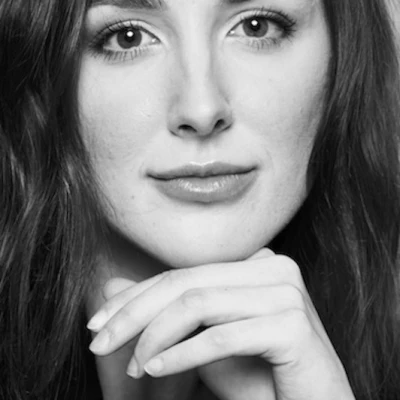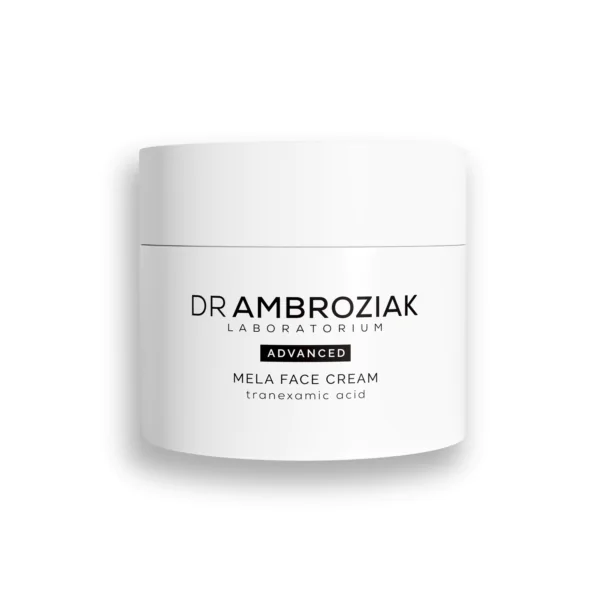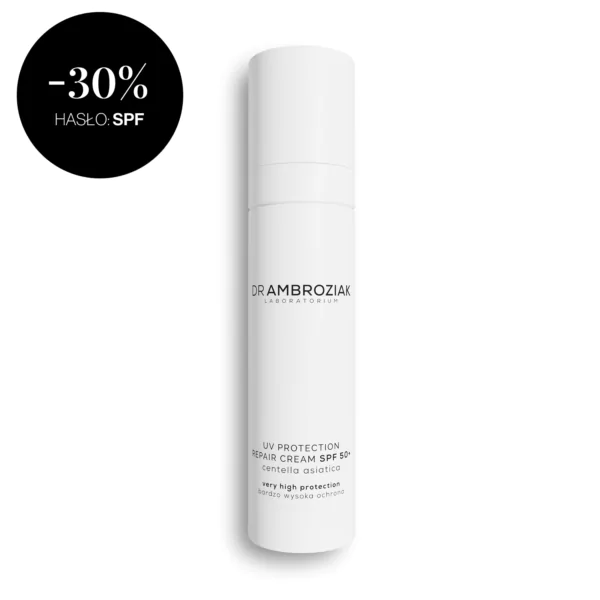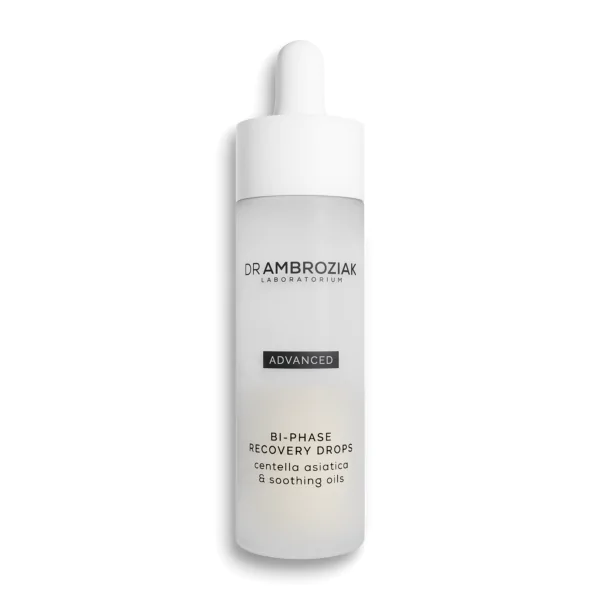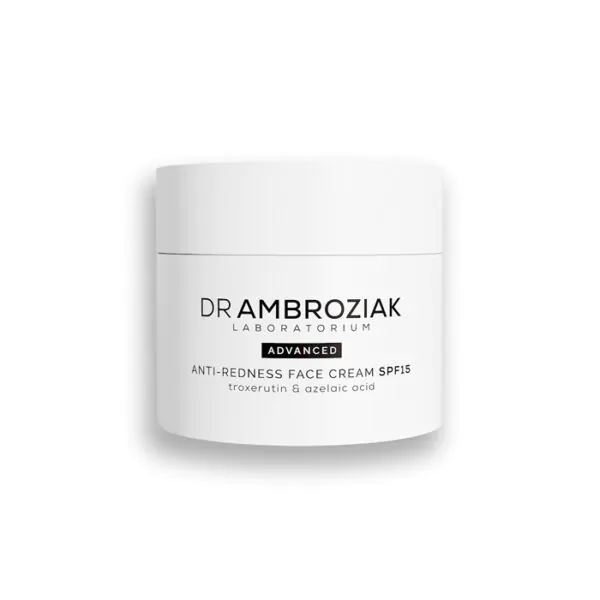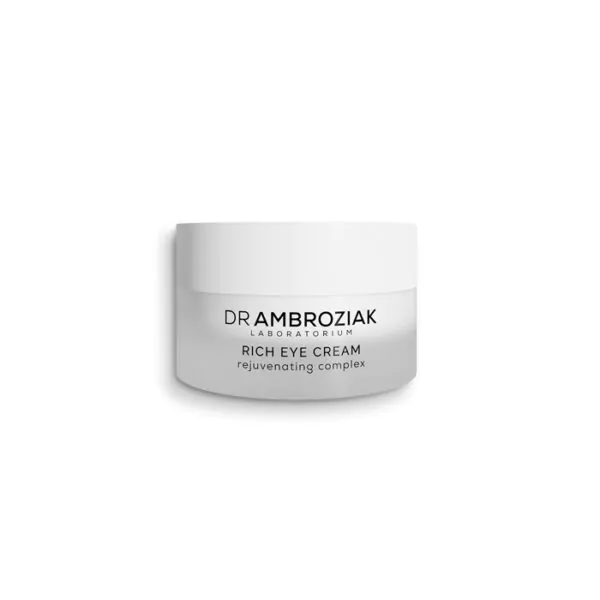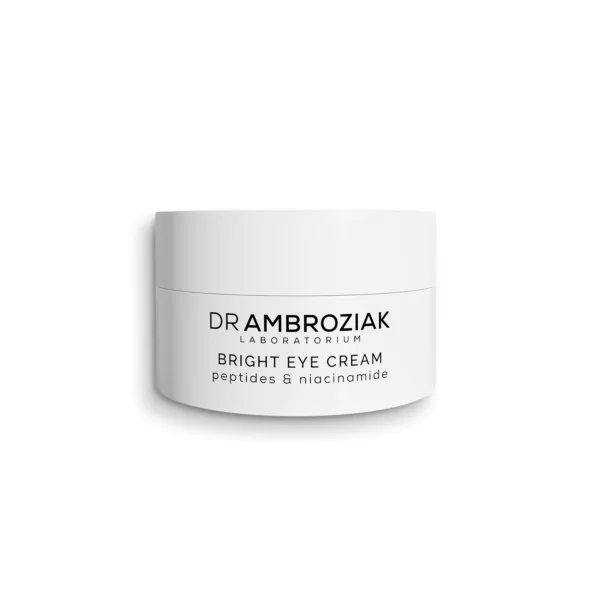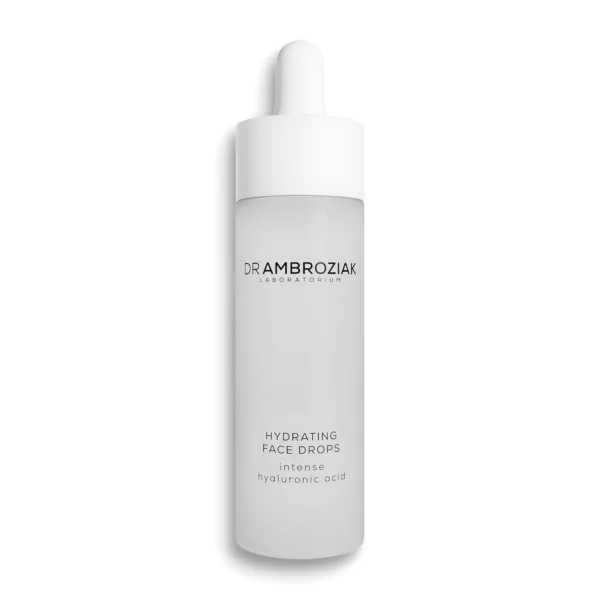Breast reduction
Disproportionately large breast glands are a frequent indication for reduction plastic surgery. Patients report the problem of large breasts to the plastic surgeon for aesthetic reasons, but more often for health reasons (spine pain, skin damage in the folds under the breasts or in the shoulder area) and practical reasons (difficulty in buying a fitting bra, discomfort in performing daily activities and sports).
Extent of the breast reduction surgery (mammoplasty) depends on the severity of breast hypertrophy. The larger the breast, the more tissue needs to be removed during surgery. In breast reduction, the gland, skin, subcutaneous tissue is removed and the nipple-areola complex is moved upwards in such a way as to give the newly formed breast a nice, natural shape.
Why is it worth it?
After the reduction procedure, patients can once again enjoy full physical fitness, notice a significant reduction in pain associated with the spine and regain shapely breasts that fit their figure.
What do you need to know?
Problem solved
How often repeat
Duration time
Effects
Breast reduction to the desired size; relief to the spine
Book consultation!
FAQ
About 2 weeks before the surgery, an anaesthesiological consultation admitting to the surgery takes place. The Patient should attend this consultation with the results of all the tests; from the surgical point of view, the ultrasound or breast mammography are very important. On the day of surgery, the Patient arrives with an empty stomach, about 1 hour before the operation, and signs the relevant documents. Before the patient enters the operating room, there is an anaesthesiological examination and a meeting with the surgeon who makes the necessary drawing on the breasts for the procedure. The breast reduction procedure takes place under general anaesthesia and lasts about 4 hours. Breast reduction involves removal of excess tissue that builds up the breast gland (skin, subcutaneous tissue, glandular tissue, fat tissue) and moving the nipple-areola complex upwards in proportion to the new breast formed. With extremely large breasts, a graft of the nipple-areola complex is performed. After the operation, the Patient has an appropriate dressing, a postoperative bra is put on and drains are left in the wound lodges. The dressing is changed daily and the drains are usually maintained for 1 or 2 days until the Patient leaves the clinic. Follow-up checks take place after a week, and further checks are appointed as required (at a minimum, 3 are held at different intervals).
Postoperative recommendations 1. Someone you trust needs to drive you home and take care of you for 1-2 days. 2. Throughout the recovery period, eat a balanced diet with plenty of liquids. 3. Only take the medicines prescribed by the doctor. Do not take aspirin or medicines causing blood coagulation disorders or bleeding. 4. Do not drink alcohol for 3 weeks after the surgery. 5. Do not smoke or stay nearby smokers until the end of the healing process. Physical activity 1. Start walking as soon as possible, as this will reduce swelling and the possibility of blood clot formation. 2. Do not drive a car while taking strong analgesics. 3. Do not drive a car for 1 week after the surgery. Once you start driving again, keep your hands low on the steering wheel, and your arms down. 4. Take care not to make the operated area wet while taking a shower. 5. Avoid physical activity causing increased blood pressure, including bending forward, lifting and stretching. 6. Do not carry heavy weights (shopping, baby) for 2-3 months after the surgery. 7. Do not do the vacuuming or gardening for 4 weeks after the surgery. 8. Avoid physical exercise for 2-3 months after the surgery. 9. Do not sleep on your belly for 3-4 months after the surgery. 10. Sleep with your head and arms placed high up, at least on 2 additional pillows. 11. Do not return to work sooner than 10-14 days after the surgery. Indications concerning the wound 1. You can take a shower no sooner than 24 hours after the surgery. 2. Avoid exposing the scar to sunlight for at least 12 months after the surgery. Always apply high factor sunscreen if sunlight exposure is unavoidable. 3. Plasters applied on the surgical wound must remain intact until removal of the sutures. 4. Always keep the dressing clean and dry. 5. Wear an appropriate bra for at least 6 weeks after the surgery. 6. Wear cloths with buttons or a zipper at the front or back. Avoid clothes which you need to pull over your head. What to expect 1. You may feel pain in the breast area after the surgery. The frequency and intensity of discomfort will gradually decrease on each subsequent day. 2. 2-3 days after the surgery, you may notice swelling or bruising in the upper part of the abdomen area. This is caused by movement of the swelling from the breast area towards lower body parts as a result of gravity. This is a temporary symptom, which usually disappears after approximately one week. 3. Sensation disorders in the lower part of the breasts may occur. This symptom will disappear with time, maximally after a few months. 4. In some cases, one breast may be more painful than the other, which does not mean something wrong is happening. 5. Slight bleeding from the area of the cuts is normal after the surgery. 6. Discomfort may appear during the first few days and will decrease on each subsequent day.. Postoperative care 1. Please attend follow-up visits during the first (1st) and second (2nd) week after the surgery. Sutures will be removed approximately 14 days after the surgery. 2. Call to schedule the appointment for removal of sutures or further control. 3. On bruised areas, you may apply Auriderm XO cream, 2-3 times per day. 4. After approximately 2 weeks, start applying Cicaplast on the scars, 2 times per day.
infections or general poor health, hypertension, diabetes dermatological diseases and skin lesions in the breast area, blood coagulation disorders, young age (breasts must be fully formed), breastfeeding and pregnancy
The surgery is performed under general anaesthesia. Pain in the operated area is a consequence of practically every surgical operation. It usually subsides with the use of basic analgesics, but rest is a key element of postoperative convalescence to improve wound healing and recovery.
Breast reduction to the desired size
The treatment result is permanent; however, with the passage of time, the breasts will continue to gradually fall under the influence of gravity. How long it will last also depends on the patient's skin quality, age, possible pregnancy. Wearing appropriate underwear is also very important. It is best to postpone the treatment until family planning is completed;
We always do our best to ensure that the result is natural and matches the Patient's silhouette.
After breast reduction, complications can occur as with any surgical procedure, including infection, impaired wound healing and scar overgrowth. In the first postoperative days, increased bleeding may occur, which may be an indication for reoperation. Sensory disturbances, especially in the nipple, and skin necrosis of the nipple must also be taken into account. However, if the patient follows the preoperative and postoperative instructions, the operation is completely safe.
The final result may be evaluated after complete healing, preferably after app. 3 months.
Despite breast surgery, with the passage of time and due to gravity, the breasts may continut to gradually fall. It may then be necessary to perform a reoperation. It is not possible to give a definite estimate of how long the operation results last, as this depends on many individual, variable factors directly related to the patient.
We also recommend
Find the perfect treatment for you

Phototherapy LED
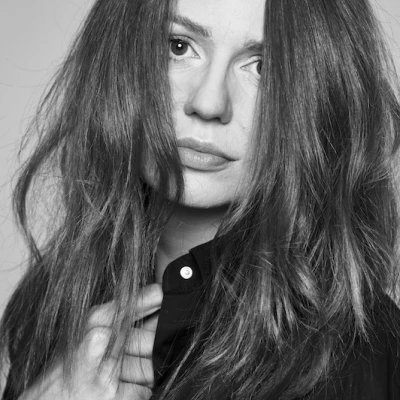
Cryolipolysis
